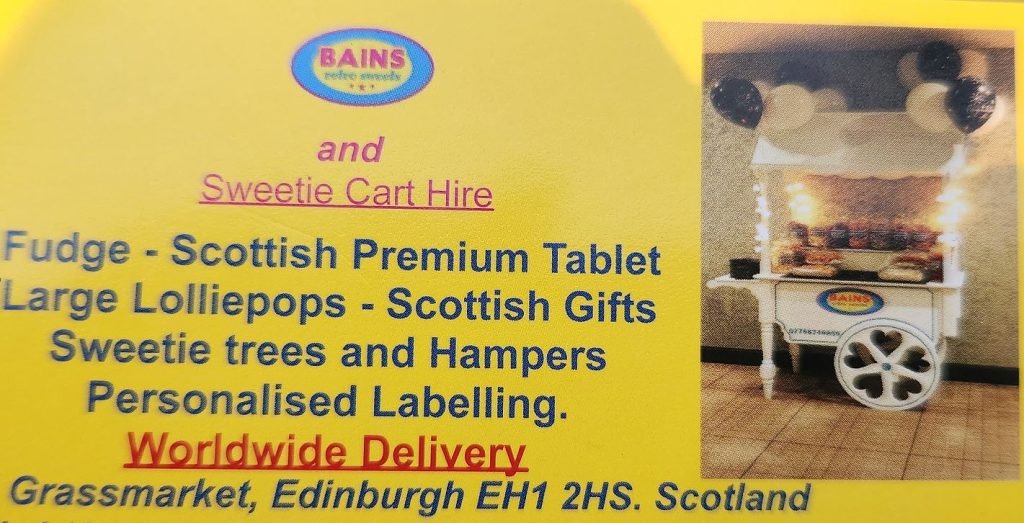
My blog is a day late due to my return from attending the 36th International Congress of Genealogical and Heraldic Sciences in Boston. It was the first time the over 100 year old conference was held in the U.S. and I was delighted to be able to present on Tracing Noble Roots: Validating the plementi ljudi (pl) Lineage in Former Austria-Hungary. My talk was on how you, too, can identify your noble Croatian ancestors. It was held in South Church, a beautiful building where Benjamin Franklin had been baptized and where I had a family member that used to play tone bells there. Nothing like following in the footsteps of others!
I’d be the first to admit that I don’t have much knowledge or experience with heraldry so I did learn a lot by attending the conference. One of the most interesting lectures involved Roman Catholic dispensation records between 1250-1558 in Great Britain. I didn’t know they existed and they may be important to your family if you are researching that time period.
From the earliest time until Henry VIII cut his ties with the Roman Catholic church, dispensations were required to legitimize a marriage. For a fee, the amount of which is unknown, couples who wanted to marry were required to complete paperwork with their local parish which would then research if the couple was closely related. If couples did not pay for this “service,” and it was later determined that they were closely related (1st-2nd cousin) their marriage was considered void and any children of the marriage would not be eligible to inherit from the estate. Meaning, the Roman Catholic Church obtained the estate since their was no “legitimate” heirs at the time of the parents death.
You can find the 1000+ dispensations in the Calendar of Papal Registers, Britain, and Ireland series under Paper Regesta through 1534. You may also look at the Apostolic Penitentiary to England and Wales through 1503 that were indexed and published by the Canterbury and York Society. Unfortunately, I don’t know how to access the publication.
During the Q&A, a discussion ensued on whether other countries dispensations were available. I did a quick internet search and discovered that was the case for Austria-Hungary. Apparently, if you were a noble you couldn’t wed unless you were 3rd cousins or further related whereas peasants could wed at 2nd cousin status or back.
Further discussion led to the use of church banns used prior to a couple’s wedding. This would be an interesting research topic to determine if those banns were added after Henry VII to continue the validation that a couple were not closely related. “Speak now or forever hold your peace” could then be considered the final measure used to legitimize the marriage in the absence of the church researching the couple’s genealogy.


